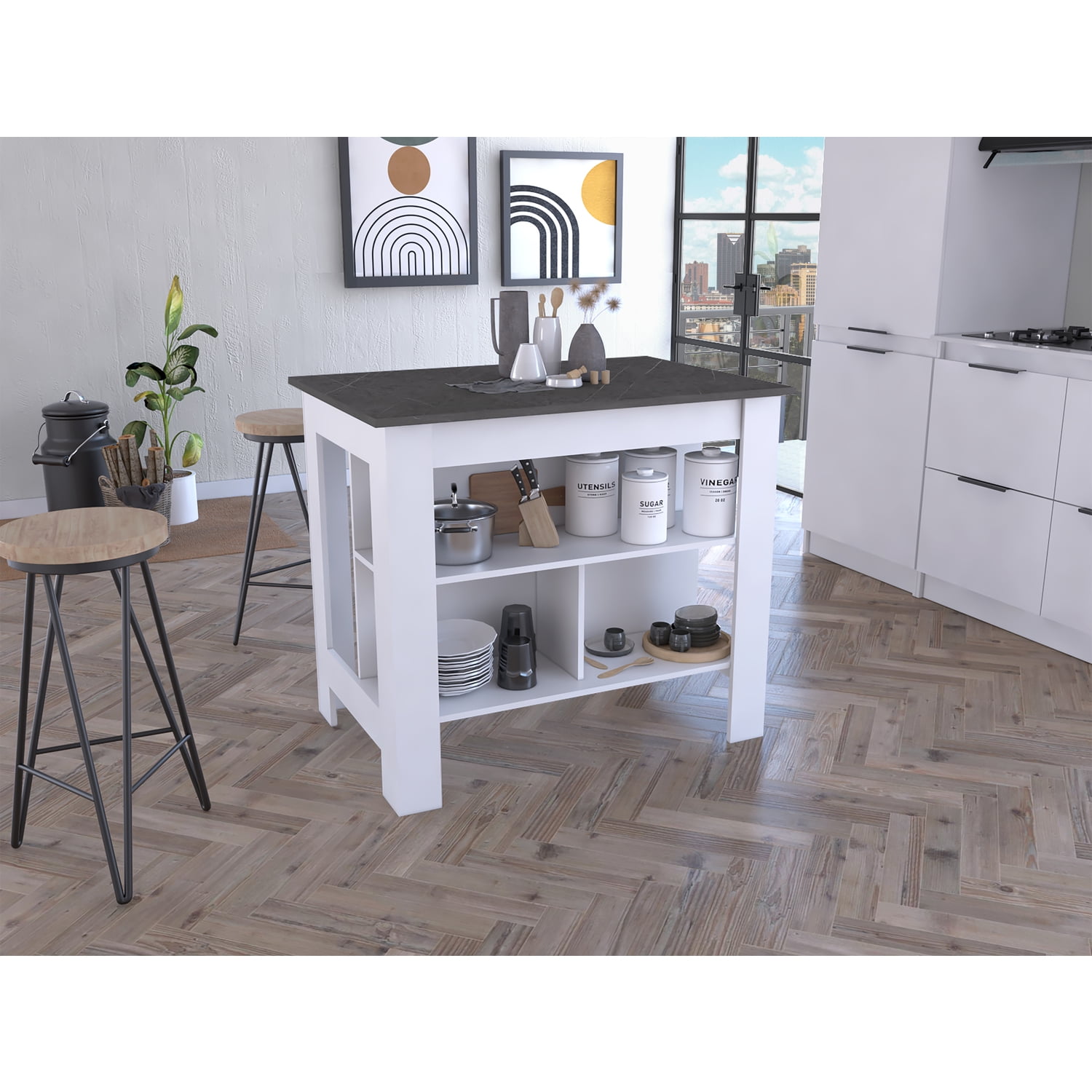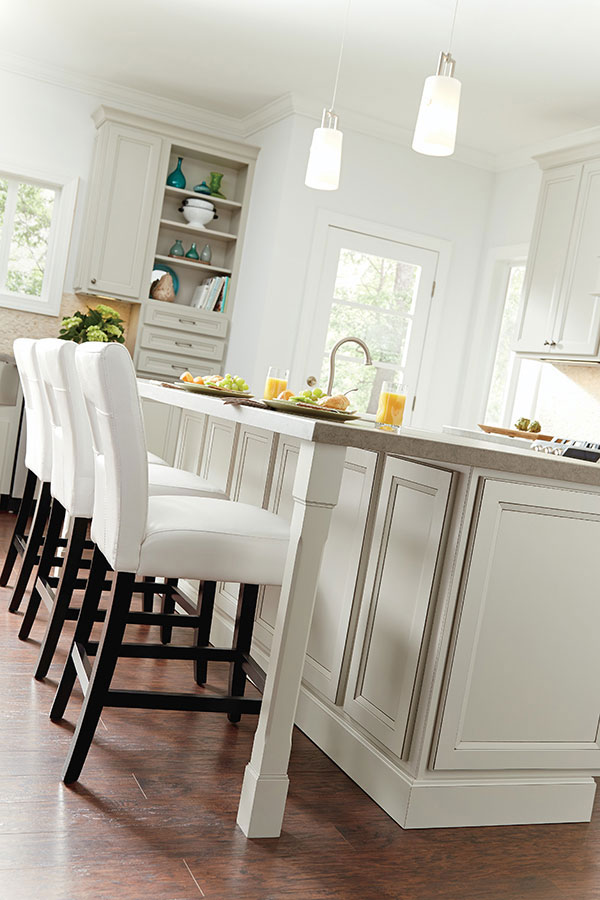Elevate Your Space with Elegant Legs For Kitchen Island Designs
Elevate Your Space with Elegant Legs For Kitchen Island Designs
Blog Article
Essential Factors to Take Into Consideration When Picking Legs For Cooking Area Island
Picking the suitable legs for a cooking area island involves a mindful assessment of numerous factors that can substantially influence both performance and visual appeal. As we discover these elements, it comes to be clear that each choice can have far-reaching ramifications for the overall kitchen area experience.
Product Options
When selecting legs for a kitchen area island, recognizing the various material alternatives is essential for accomplishing both visual appeal and structural stability (Legs For Kitchen Island). The selection of material considerably affects not just the resilience of the island however additionally its general design and performance
Wood is a preferred choice, providing heat and versatility. Solid woods, such as oak or maple, offer strength and can be tarnished or painted to match the kitchen area decoration. Steel legs, often made from stainless steel or wrought iron, contribute a commercial and modern-day feeling while ensuring resilience and stability. These materials are resistant to use and can support considerable weight, making them excellent for bigger islands.
An additional alternative is crafted materials, like MDF or plywood, which can be much more affordable while still providing a variety of finishes. They might not supply the exact same level of security as strong wood or steel. Legs For Kitchen Island. Last but not least, materials such as acrylic or glass can create a modern appearance, though they may call for added support to ensure security.
Inevitably, the choice of material for cooking area island legs must align with the wanted performance and the overall style of the kitchen.
Design and Style

When considering style, the form and coating of the legs are critical. Conical legs can provide a sense of lightness and beauty, while thicker, much more robust legs can communicate stamina and stability. Furthermore, the surface-- be it painted, stained, or natural-- should complement the cabinetry and kitchen counter products to develop a unified appearance.
Additionally, the style of the legs can likewise show personal taste. Personalized or attractive legs, such as those including complex carvings or distinct geometric shapes, can function as focal factors, including character and personality to the cooking area. Inevitably, the ideal option will not just improve performance but additionally raise the aesthetic allure, making the cooking area island a standout function of the home.
Height Factors To Consider
Selecting the suitable elevation for kitchen area island legs is important, as it directly influences both performance and comfort. The typical height for a kitchen island commonly ranges from 36 to 42 inches, lining up with common kitchen counter heights. A 36-inch elevation is optimal for cooking and food preparation, enabling comfy use of cooking area home appliances and devices. On the other hand, an elevation of 42 inches is commonly chosen for islands planned for bar seating, suiting taller stools and using a casual eating experience.

It is additionally vital to make up individuals' heights and preferences. Customizing the elevation can guarantee a comfortable experience for all household members, making the kitchen island an extra useful and satisfying space.
Weight Assistance
Making sure adequate weight assistance for kitchen area island legs is vital for both this post safety and security and performance. The cooking area island commonly serves numerous functions, consisting of cooking, eating, and extra storage space, requiring a durable support framework. When selecting legs, it is critical to think about the total weight capability called for based on the island's meant usage and the materials that will certainly be placed on it.
The selection of material for the legs plays a considerable duty in their weight-bearing capabilities. Strong timber, metal, and sturdy composites typically give exceptional toughness contrasted to lighter materials. Furthermore, the layout of the legs-- whether they are straight, tapered, or have a pedestal type-- can affect their ability to distribute weight successfully throughout the structure.
Additionally, the leg positioning should be tactically prepared to boost stability. Legs positioned at the corners or with a broader base can much better support heavier tons. Constantly get in touch with the producer's requirements relating to lots restrictions to ensure that the legs can sustain the designated weight without jeopardizing safety and security. In recap, picking kitchen island legs with adequate weight support is vital for producing a risk-free and useful cooking room.
Installation and Maintenance
Proper installment and maintenance of cooking area island legs are important for guaranteeing longevity and security. This frequently entails protecting the legs to the island base making use of proper fasteners, making sure that the legs are level and lined up.
Once set up, regular upkeep is necessary to protect the integrity and appearance of the legs - Legs For Kitchen Island. For wood legs, regular cleansing with a damp fabric and application of suitable wood gloss can avoid dampness damage and keep their finish. Metal legs might require a mild cleansing service to get rid of oil and gunk, adhered to by a dry fabric to avoid rust formation
In addition, inspect the legs frequently for indicators of wear or damages, such as splits or loose joints. Tightening screws or bolts as needed can likewise extend the life expectancy of the legs. By sticking to these installment and upkeep techniques, homeowners can guarantee that their kitchen area island stays strong and aesthetically appealing for a fantastic read several years ahead.
Verdict

Aesthetic comprehensibility is critical in choosing the design and style of legs for a kitchen area island, as these components substantially affect the total ambiance of the area. Conical legs can give a sense of agility and elegance, while thicker, much more robust legs can communicate toughness and security.Picking the appropriate height for kitchen area island legs is vital, as it straight influences both functionality and comfort. In summary, selecting kitchen island legs with sufficient weight support is necessary for developing a useful and secure cooking room.
In verdict, picking legs for a cooking area island demands mindful factor to consider of different aspects, consisting of material choices, style, height, weight assistance, and installment.
Report this page